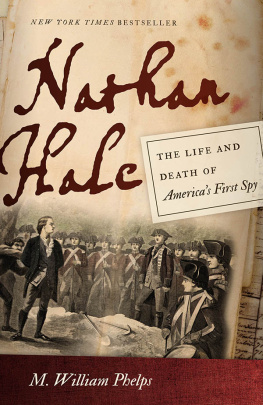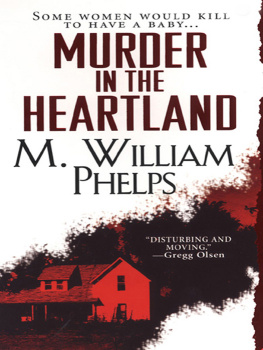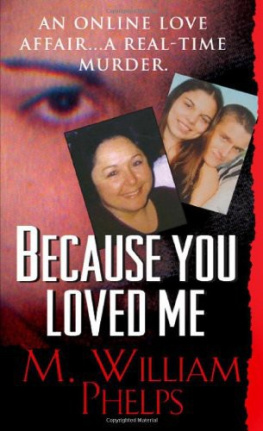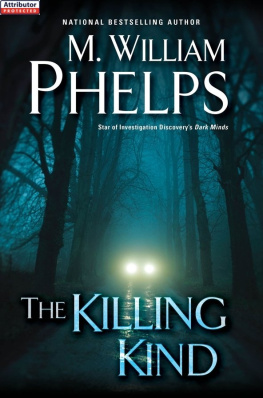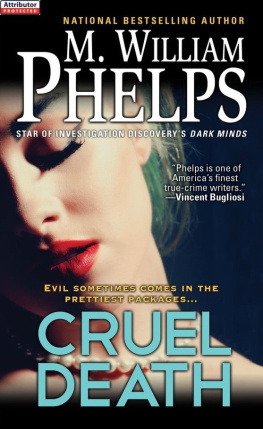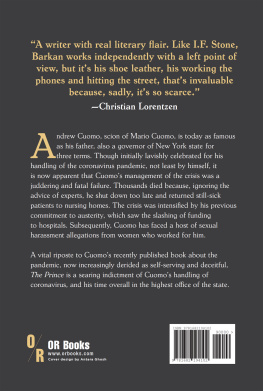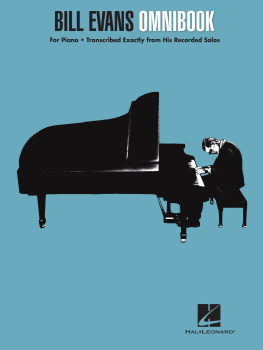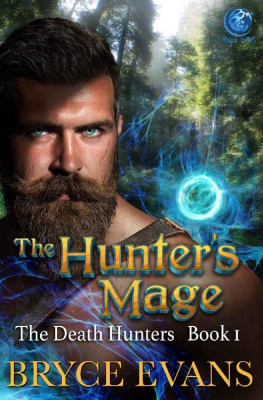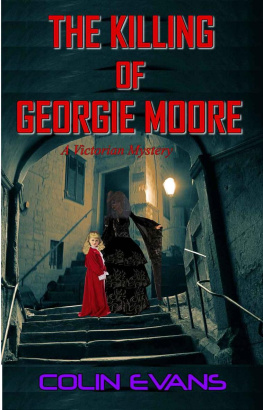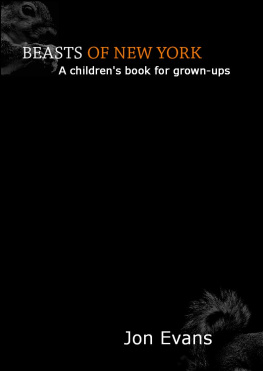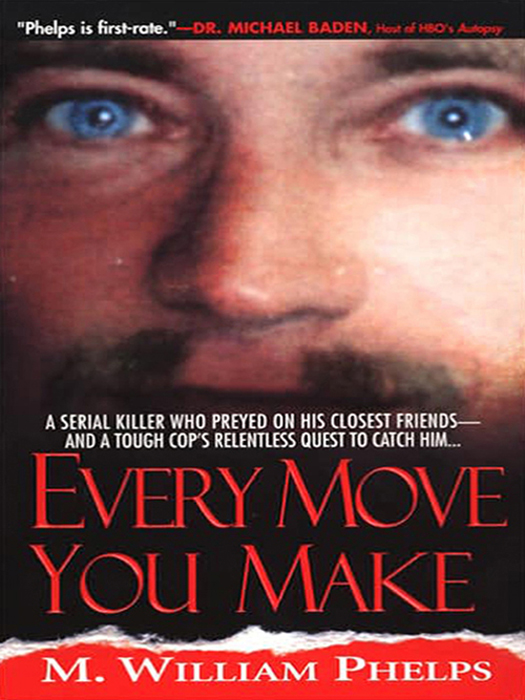M. WILLIAM PHELPS
Kensington Publishing Corp.
FOREWORD
This incredible true story, which, in my opinion, includes the most shocking and surprising ending in the history of true crime, begins and ends at a section of the Hudson River near downtown Troy, New York. Because the Hudson, called the River of Steep Hills when adventurer and explorer Henry Hudson discovered it in 1609, plays such a figurative role in this storyas if it, too, is a characterI feel obligated to give you, the reader, a brief description of the river, the towns and cities along its banks where the book takes place, and the surge of crime that has infected the region throughout the years.
Considering the role the river plays in this story, in a twist of irony only nature could invoke, the Hudson315 miles of stunning waterway that empties into the Atlantic Ocean at the southern tip of Manhattanis fed by Lake Tear of the Clouds, a body of water about the size of a football field, shaped like a teardrop, in the Adirondack Mountains. As one travels north from Manhattan along the Hudsons banks and into upstate New York, there are areas littered with debris: pieces of old Styrofoam cups that take decades, if not centuries, to decompose; beer bottles without labels floating aimlessly; used condoms; bits of newspapers and magazines; driftwood; and just about anything else the river decides to consume, or people discard inconsiderately. Along certain sections of the river, large, boulderlike rocks, sharp and jagged to the touch, are grouped together like swarms of gnats, the water crashing off them as high and low tides rise and fall against the ebb and flow of the moon. The sand along the shore is like clay: gritty, the color of coffee. The water, in some areas, is as clear as cellophane straight down to the bottom, the pebbles and rocks on the river floor staring up at you; while in others, it is as murky as melted milk chocolate. In recent years, polychlorinated biphenyls (PCBs) have been the hot topic of debate when communities along the river get together and talk about dredging the bottom to clean it up. Some say it will only stir up tons of poisons collected throughout the years, while others argue it is essential to the ecology and survival of the rivers two hundred different species of fish.
Located 138 miles north of New York City and 144 miles west of Boston, Massachusetts, the city of Albany is not only the capital of New York, but the crossroads of the Northeast. Described as the humblest city in the state, always taking a backseat to its more popular sibling, New York City, this industrial town of about 130,000 residents sits thirty feet above sea level, with the hum, serenity and mirrorlike reflection of the sky bouncing off the Hudson on its doorstep.
Shortly after World War II, Albany, the unassuming hub of New Yorks government, enjoyed its most populated era with about 140,000 residents. That number has declined some over the years as people have moved outward into the suburbs of the Capital DistrictRensselaer County, Saratoga County, Schenectady Countywhich is about eight hundred thousand people strong today.
Metropolitan areas around the Capital Region include four central citiesAlbany, Schenectady, Troy and Saratoga Springsand are surrounded by dozens of suburban and rural communities. Interestingly, Chester A. Arthur, the twenty-first president of the United States, is buried in Albany. Up the road from Arthurs grave is the burial site of Erastus Corning, who sat in the Albany mayors chair for an unprecedented forty-one years. William Kennedy, the acclaimed novelist, whose most esteemed books include Ironweed, Billy Phelans Greatest Game and Legs the Albany triowrites of a fictional Albany, dark and unfashionable, during the hardscrabble Depression-era times of the late 30s when the city was brimming with thieves, mobsters, union busters and murderers. In the popular film Ironweed, actor Jack Nicholson plays Francis Phelan, perhaps Kennedys most famous creation. Phelan is a drunkard, an exbaseball player turned gravedigger who bounces around Albany with his drinking partner, Helen, trying to figure out where he fits into society.
Like a majority of its surrounding counties, Albany County has its lions share of crime to contend with, and has, historically, been marred by the highest crime rates in the north country. Between 1996 and 2000, for example, the county reported some fifty murders, which is rather low considering the population boom in the county during that same period. Rape is a crime that is hard to track because the numbers fluctuate so much from year to yearsixty-four rapes were reported in 1996, while, just a year later, the numbers doubled. By far, however, the most popular crimes in Albany County have always been burglary, robbery and aggravated assault. During that same five-year period19962000there were nearly 2,500 robberies and 4,000 reports of aggravated assaultstaggering numbers by any count.


